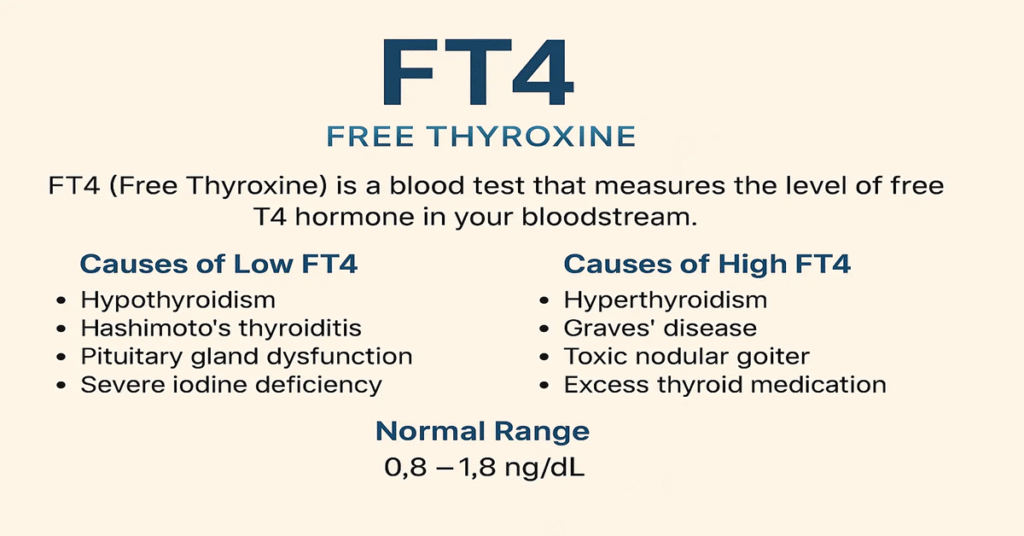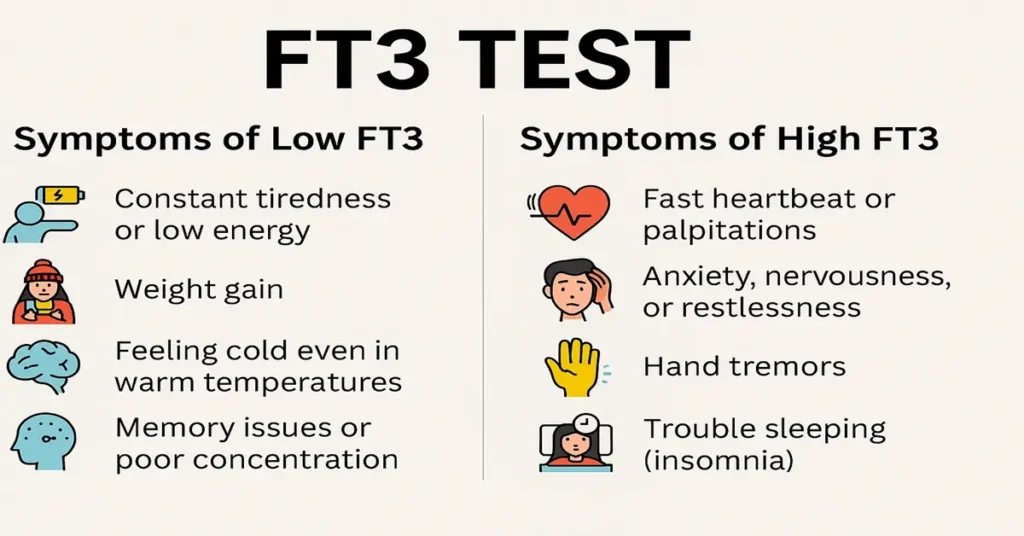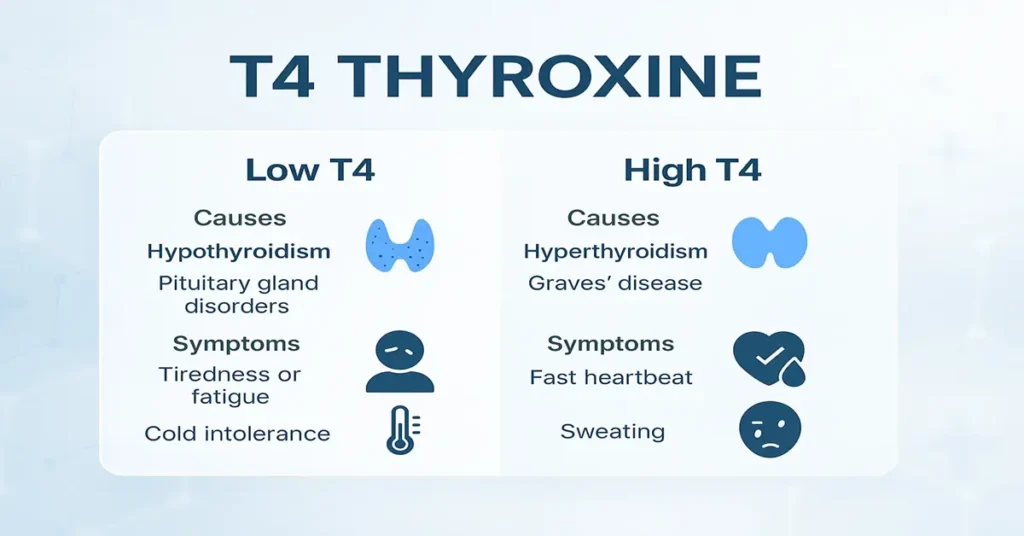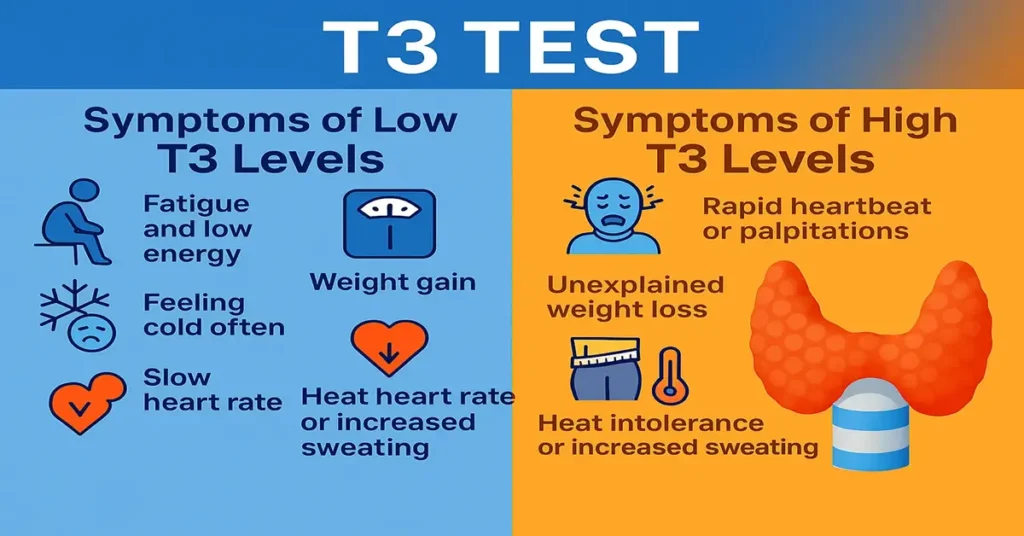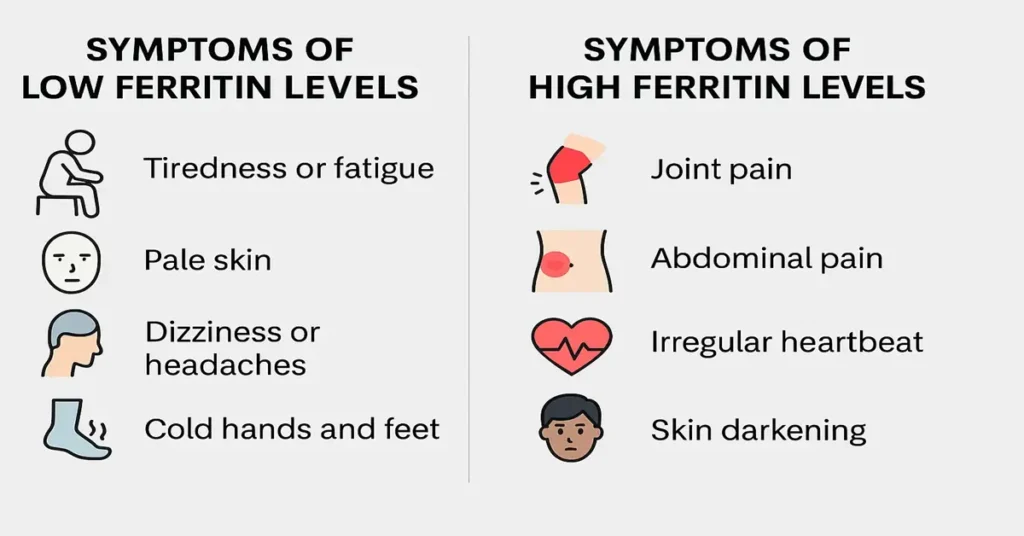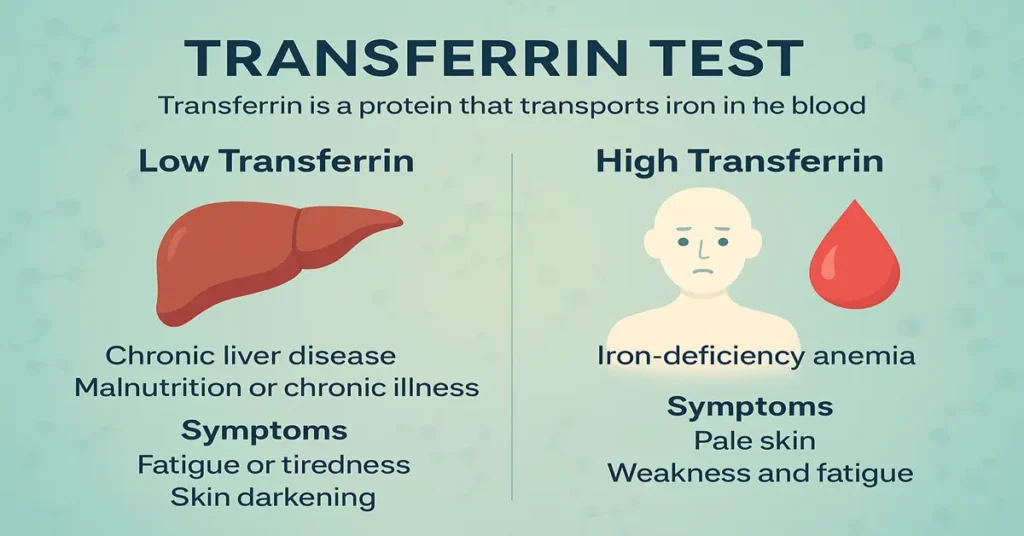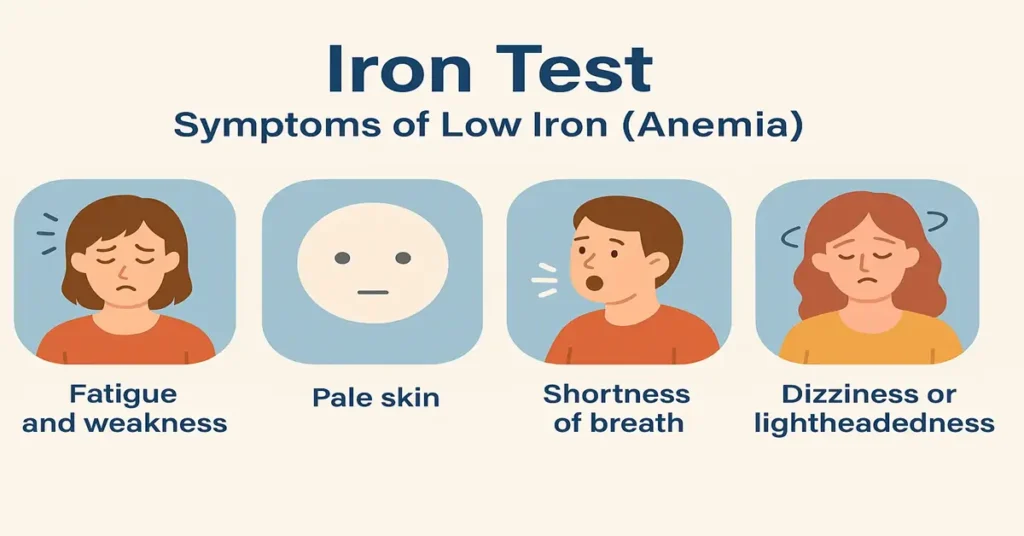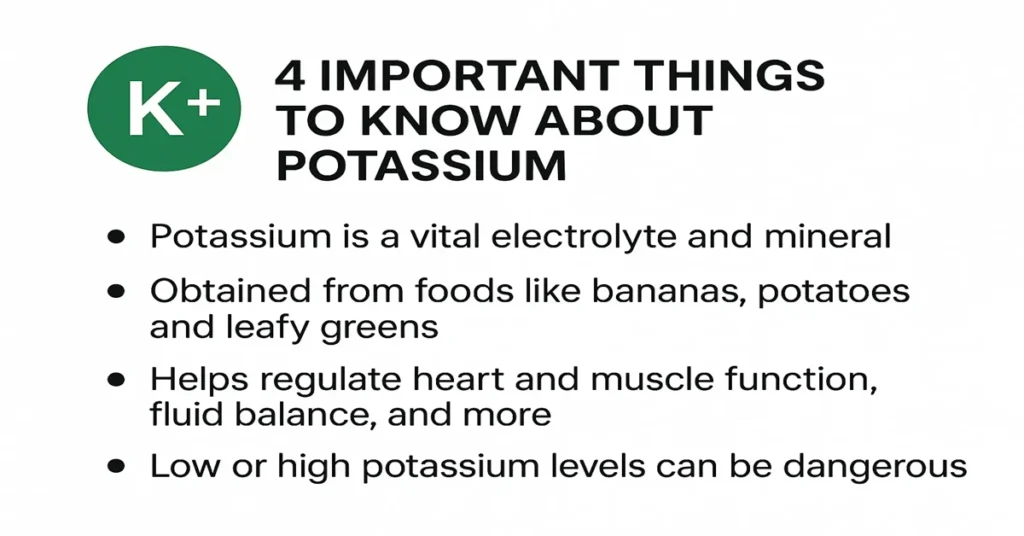FT4 (Free Thyroxine) Test – Normal Range, Function, Symptoms, and Complete Guide
The FT4 test measures the free thyroxine hormone level in your blood. It helps detect thyroid disorders like hypothyroidism and hyperthyroidism. Learn about its function, causes of abnormal levels, symptoms, reference range, and how the test is performed.
FT4 (Free Thyroxine) Test – Normal Range, Function, Symptoms, and Complete Guide Read More »

